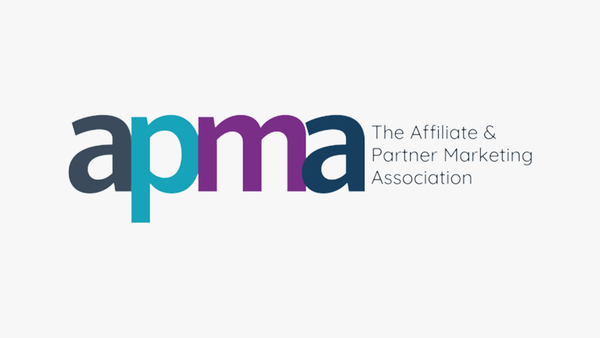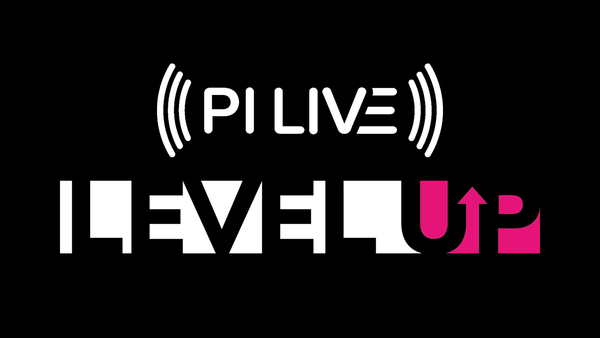It’s been almost two weeks since Google started rolling out its new ‘Helpful Content’ update, which aims to counteract clickbait and sharpen SEO practices to better provide “helpful content written by people, for people”. In place of stale “unhelpful content” created “primarily for search engines”, the update will improve the ranking of “people-first” content that is “written for an intended audience” and “demonstrates first-hand expertise”, in an effort to increase reader satisfaction.
Initially, its announcement dropped like a bombshell, as SEOs feared their learned practices for optimising content – bolstering with buzzwords and trending topics – would be rendered obsolete, plummeting engagement and SERP ranking. Twitter users shared GIFs of stock market crashes and pandas smashing up computers, whilst bidding ‘RIP’ to programmatic SEO and niche sites. Others hailed the update as a bold, new frontier for SEO; a much-needed cleanse of SERPs polluted with trash content.
However, since the announcement and initial rollout, the past couple of weeks have been peculiarly quiet, even underwhelming. A recent poll by Aleyda Solis revealed that only 20% of SEOs had noticed any difference to their rankings after the update, with 63% seeing no change whatsoever. Of that 20%, it was a 60/40 split between those who saw the update as having a positive or negative impact, with those voting positive taking the slight majority.
The melodramatic memes have been superseded by perplexed shrugs, as displayed by this tweet likening the update to a half-arsed security guard. Google’s public liaison for search, Danny Sullivan, addressed the disappointment on Twitter, stating, “Update isn’t done. It’s also part of a continuing effort, as we’ve explained. We’ll keep refining how it works”. Google’s search advocate, John Mueller, chipped in, “I’d give it a bit more time”. Sullivan went on to acknowledge the previous hubbub, tweeting:
“I also get that when we announce an update, there are the memes and the gifs and the jokes and the OMG the sky is falling reactions that can even make me laugh. But updates don’t necessarily mean a big giant shift. If you have good content, you’re generally fine…”
So, what does ‘good content’ actually look like? Mercifully, Google has outlined some clear questions for SEOs to ask themselves when checking their content meets the ‘people-first’ approach, including:
- Do you have an existing or intended audience for your business or site that would find the content useful if they came directly to you?
- Does your content clearly demonstrate first-hand expertise and a depth of knowledge (for example, expertise that comes from having actually used a product or service, or visiting a place)?
- After reading your content, will someone leave feeling they’ve learned enough about a topic to help achieve their goal?
- Will someone reading your content leave feeling like they’ve had a satisfying experience?
The blog also goes on to list some questions to ask oneself in order to avoid the kind of SEO that this update vows to phase out, including:
- Is the content primarily to attract people from search engines, rather than made for humans?
- Are you producing lots of content on different topics in hopes that some of it might perform well in search results?
- Are you using extensive automation to produce content on many topics?
- Are you writing about things simply because they seem trending and not because you’d write about them otherwise for your existing audience?
- Does your content leave readers feeling like they need to search again to get better information from other sources?
- Did you decide to enter some niche topic area without any real expertise, but instead mainly because you thought you’d get search traffic?
In many ways, this update could be hugely beneficial for both SEOs and performance marketers seeking to cut through the noise and better reach their audience. The ‘quality over quantity’ approach levels the playing field, ensuring that as long as you are delivering authentically to your audience, your ranking will improve. Still, with the past two weeks feeling so anticlimactic, it’s difficult to know what to expect. Is this the calm before the storm, or should we expect a mere drizzle?








